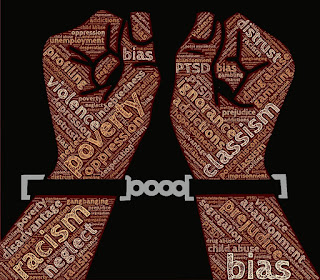Zombethics 2016: (in)visible disabilities and troubling normality

By Shweta Sahu Zombethics Case Graphic With Halloween just around the corner, zombies and other atypical creatures are much on our minds, but such constructs are rarely thought of from an ethical perspective. This year, on October 26th at 5:30 pm at the Center for Ethics, 1531 Dickey Drive, Ethics Commons Room 102, Emory Center for Ethics is collaborating with Emory Integrity Project (EIP) to boggle your mind with ethical considerations and encourage you to consider how students should engage across (in)visible differences at Emory. The discussion will be based around three interesting case studies which can be found here . These scenarios will lead to questions such as, ‘should people ask others what gender pronouns they prefer to be associated with, even if the answer may seem “obvious” at first glance.’ On the other hand, what are the implications of assuming non-visible disability based on a person’s behaviors or appearance? The goal of the symposium will be to help participan...





